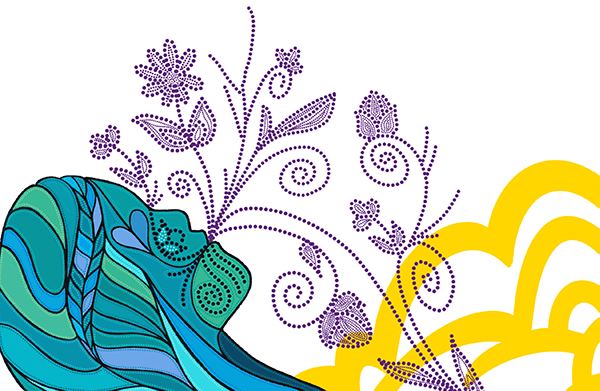Cultural safety guidance for clinicians during the COVID-19 pandemic
The COVID-19 pandemic presents an unprecedented challenge to health care systems and providers around the world including the need to practise cultural safety. The stewardship of limited resources while practising culturally safe health care is critical. This list was developed to raise awareness about the need to follow culturally safe practices when assessing and treating patients for COVID-19.

1. Be alert that past traumatic experiences are overwhelming and may challenge one’s ability to cope
- Indigenous Peoples are culturally rich, strong and resilient.
- Indigenous Peoples have survived multiple forms of genocide and colonial violence.
- Settlers spread deadly epidemics, caused starvation and perpetrated slavery and war.
- More recently, residential schools, tuberculosis and H1N1 have also taken their toll.
- Personal trauma may become intergenerational and can extend to family and community.
- Systemic racism persists.
2. Advocate for culturally-safe community-based testing and isolation sites
- Engage with Elders and community leaders to design safe spaces for testing where boundaries and restrictions meet public health and infection control guidelines,
- Create safe locations for an accompanying family support member to wait and welcoming areas tied to the “land” as directed by the community,
- Do not set up testing/isolation spaces resembling residential school dormitories or institutional settings,
- Be aware that some patients may not be able to follow routine public health measures like social distancing and or self-isolation measures due to underlying conditions, like inadequate housing, and
- Understand that communities experiencing overcrowding will need culturally safe out-of-home or out-of-community isolation to minimize the risk of community spread.
3. Build relationships with communities, families and patients that create trust
- Reflect on how your power and privilege as a physician may be both perceived and enacted when you are communicating with patients and practising clinical work,
- Seek permission and consent before beginning an assessment, reporting results and recommending prevention and care. If you consider providing the option for some patients to “self-swab,” it must be under a physician’s guidance. Be cautious that an inadequate swab can lead to false negatives which could be dangerous for community spread,
- Do not expect Indigenous Peoples to teach you about cultural safety and history,
- Commit to learning about the historical and ongoing experiences of Indigenous Peoples in the land now known as Canada, and
- Include traditional healing in a patient’s care-plan if they so choose; this approach should be respected and honoured.
4. Make it clear that test results and gathered information are owned by the patient
- Explain how you will do the test and when the results will be shared with the patient,
- Ask if there are others who may have access to the results (e.g. managers of congregate living settings), and ensure the patient consents to this sharing,
- Communicate quickly, safely and confidentially whether the result is positive or negative to enable the patient to begin to protect their loved ones, Elders and community at large,
- Explain respectfully that information sharing for the purposes of public health does not require patient consent but talk about who will receive the information and what level of information will be received (i.e., some of the shared information does not need to include individual identifiers),
- Explain the rationale for contact tracing and self-isolating, which may be seen as intrusive or targeted. Patients have the right to know the use of their examination results in public health and who has access to findings, and
- Explain that the results legally have to be shared with the public health authority and public health has a legal right to contact them for the case investigation and contact management.
5. Think of access to resources and affordability when discussing solutions and interventions
- Do not assume that determinants of health like housing, community support, food security and income among others are adequate to deal with the pandemic,
- Know that extended marginalization faced by LGTBQI+ persons and people with disabilities may compound barriers to access proposed solutions,
- Understand that some Indigenous communities do not have the proper funding to support costs related to COVID-19,
- Offer help according to what the community says it needs and jointly work out solutions for how it can procure necessary supplies and equipment,
- Design, implement and evaluate interventions with community partnership and its leadership. It is disrespectful and paternalistic not to do so,
- Be aware that public health may be different amongst urban, rural and remote communities,
- Do not provide blanket statements or interventions that may work in one area, community or region but not in another;
- Recognize the diversity amongst Indigenous Peoples and their communities even within the same nation or cultural group, and
- Work with your local community to ensure that COVID-19-related initiatives are appropriate and culturally responsive.

Contributors: Indigenous Health in Specialty Postgraduate Medical Education Steering Committee and the Indigenous Health Committee at the Royal College
Art: Selena Mills, ROAR Creative Agency